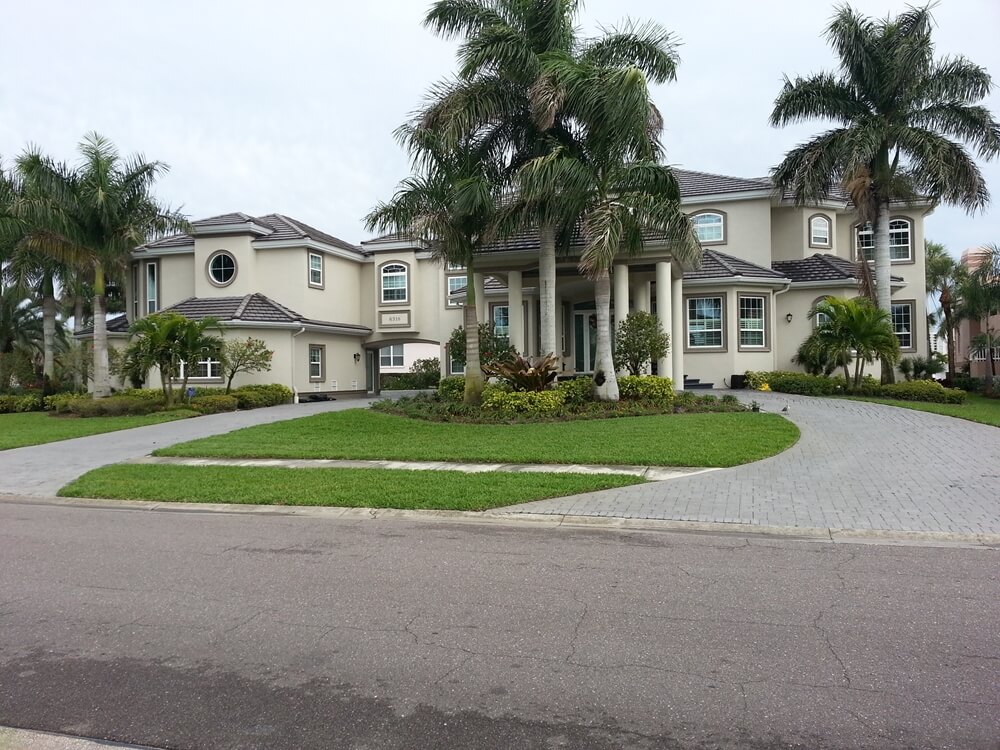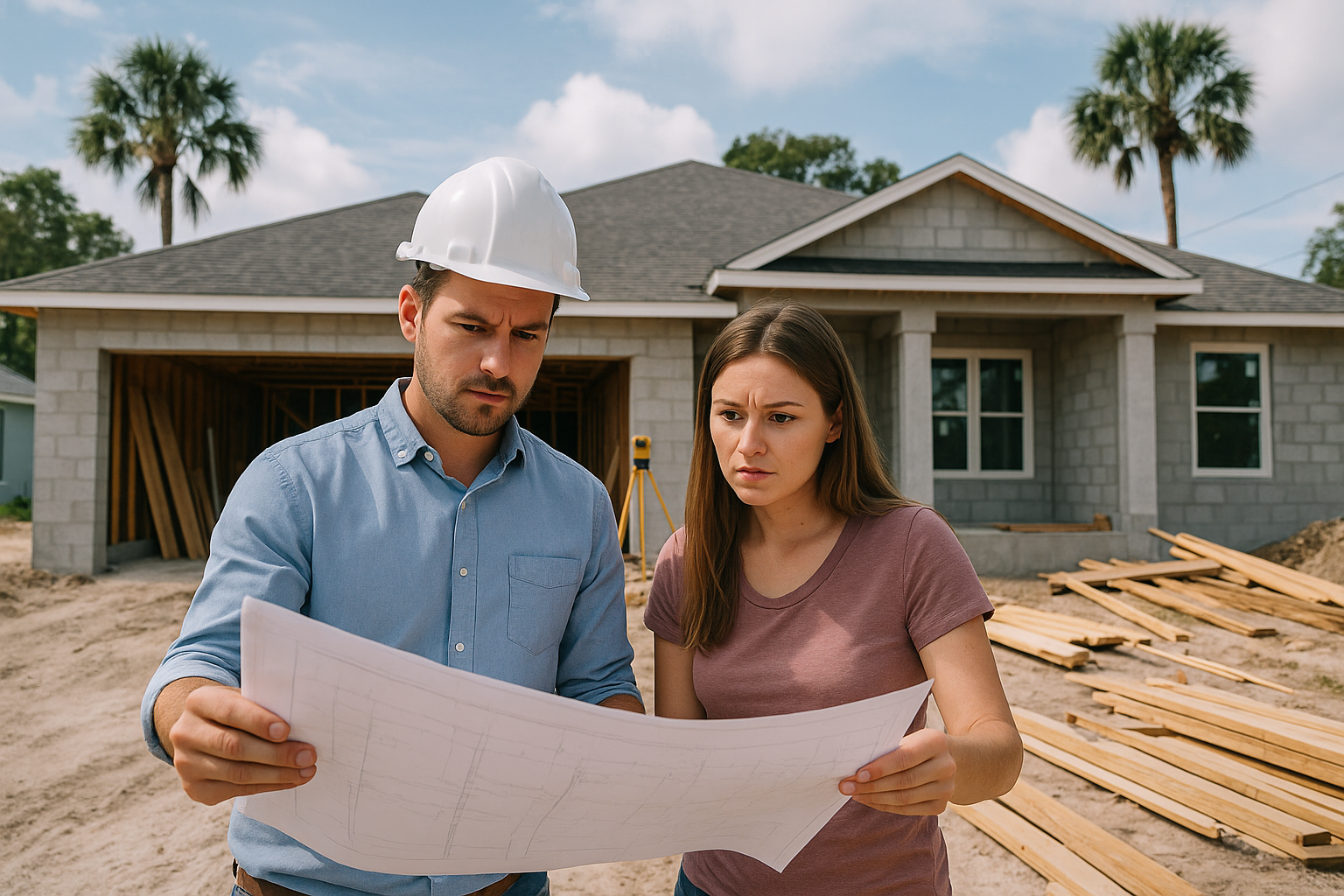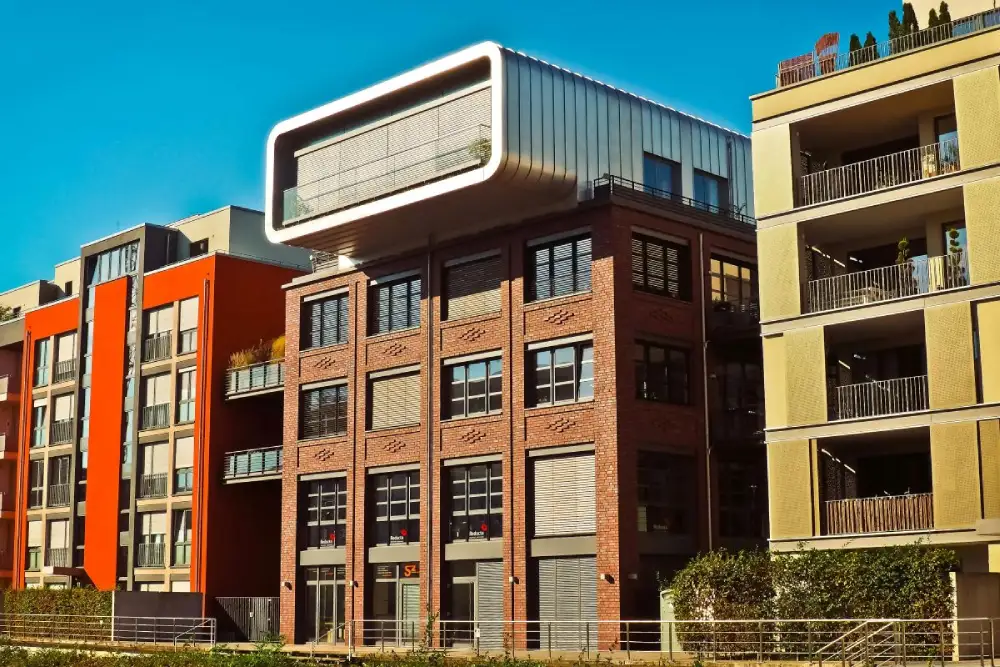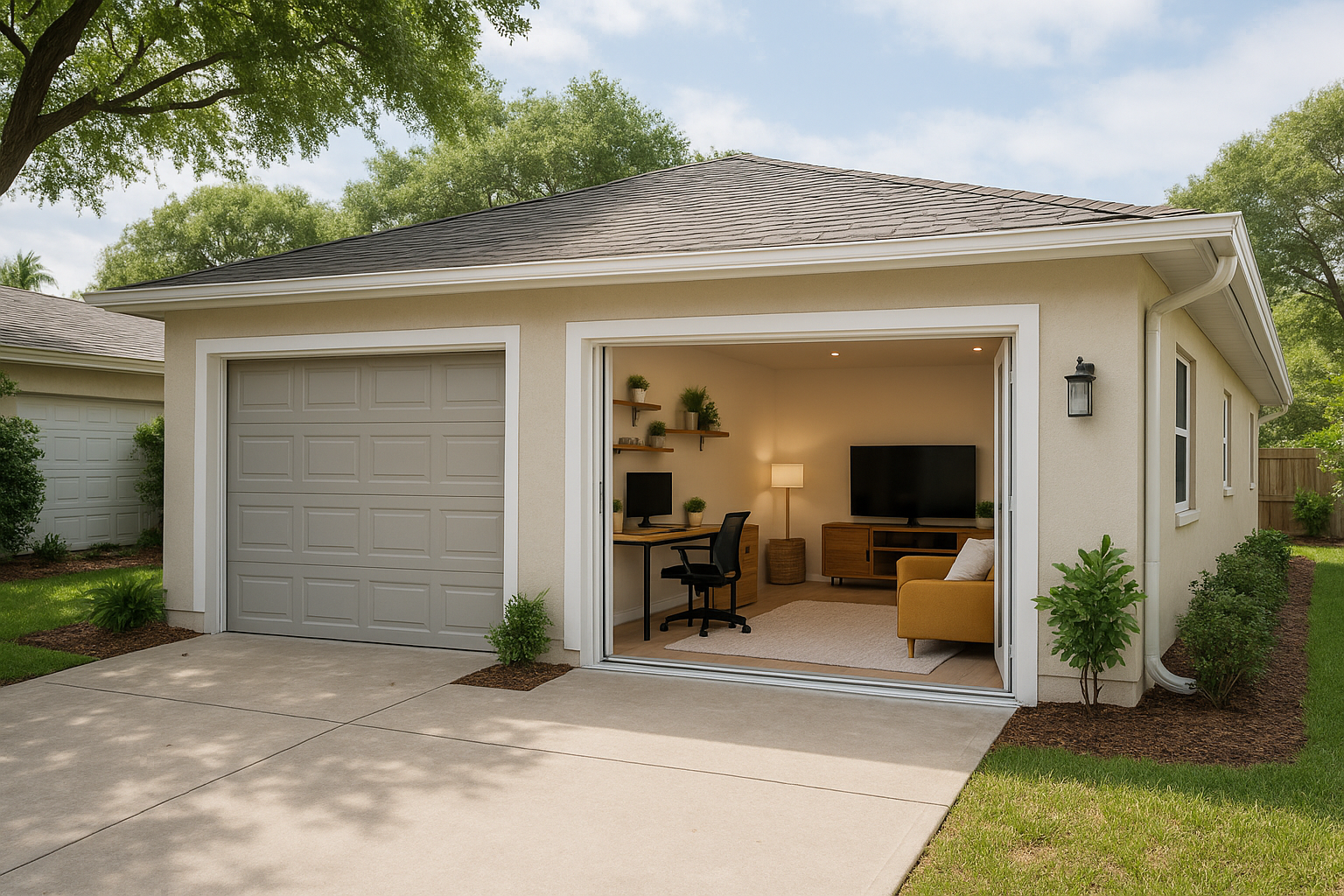By using our website, you agree to the use of cookies as described in our Cookie Policy
a
Rss Feed
How Building Weatherization Contributes to Longevity and Sustainability
As a construction company or real estate professional, ensuring the longevity and sustainability of your buildings is crucial for both environmental and financial reasons. One key aspect of achieving this is through weatherization services. In this blog, we will explore how weatherization contributes to building longevity and sustainability.
What is Weatherization?
Weatherization is a comprehensive approach to building maintenance that involves a series of measures designed to reduce energy consumption, minimize maintenance needs, and extend the lifespan of a structure. This includes tasks such as:
- Sealing Air Leaks: Identifying and sealing air leaks around doors, windows, and other openings to prevent heat loss and gain.
- Insulation: Installing insulation in attics, walls, and floors to maintain a consistent indoor temperature and reduce energy consumption.
- Weatherstripping: Applying seals to windows and doors to prevent air leaks and water damage.
- Air Filtration: Installing air filters to improve indoor air quality and reduce the entry of pollutants and allergens.
How Weatherization Contributes to Building Longevity
Weatherization measures play a crucial role in extending the lifespan of buildings by:
- Reduced Water Damage: Weatherization measures like sealing air leaks and installing weatherstripping help to prevent water damage by reducing the entry of moisture into the building. Weatherization decreases the likelihood of structural damage and expensive repairs.
- Improved Insulation: Proper insulation helps to maintain a consistent indoor temperature, reducing the risk of extreme temperatures that can cause damage to building materials. This decreases the necessity for constant heating and cooling, prolonging the lifespan of HVAC systems.
- Enhanced Air Quality: Weatherization measures like sealing air leaks and installing air filters improve indoor air quality by reducing the entry of pollutants and allergens. This enhances the well-being and comfort of those inside the building.
- Reduced Energy Consumption: Weatherizing buildings helps to reduce energy consumption by minimizing heat loss and gain. This not only reduces energy costs but also extends the lifespan of HVAC systems and reduces their environmental impact.
How Weatherizing Your Building Contributes to Sustainability
Weatherization also contributes to sustainability through the following:
- Energy Efficiency: Weatherization measures like insulation and air sealing help to reduce energy consumption, which is a significant contributor to greenhouse gas emissions. By reducing energy consumption, buildings can play a crucial role in mitigating climate change.
- Water Conservation: Weatherization measures like low-flow fixtures and greywater reuse systems help to conserve water, reducing the environmental impact of water consumption and minimizing the risk of water scarcity.
- Reduced Waste: Weatherization measures like recycling and proper disposal of building materials help to reduce waste and minimize the environmental impact of construction and demolition activities.
- Increased Building Resilience: Weatherization measures like flood-proofing and storm shutter installation help to increase building resilience, reducing the risk of damage from natural disasters and minimizing the need for costly repairs.
Weatherize Your Building for Enhanced Longevity and Sustainability
Weatherization is a critical component of building maintenance that not only enhances the comfort and energy efficiency of a structure but also significantly contributes to its longevity and sustainability. By incorporating weatherization measures along with a reputable building contractor, you can reduce energy consumption, minimize maintenance needs, and extend the lifespan of your building while also minimizing its environmental impact.
‹ Back






.png)
